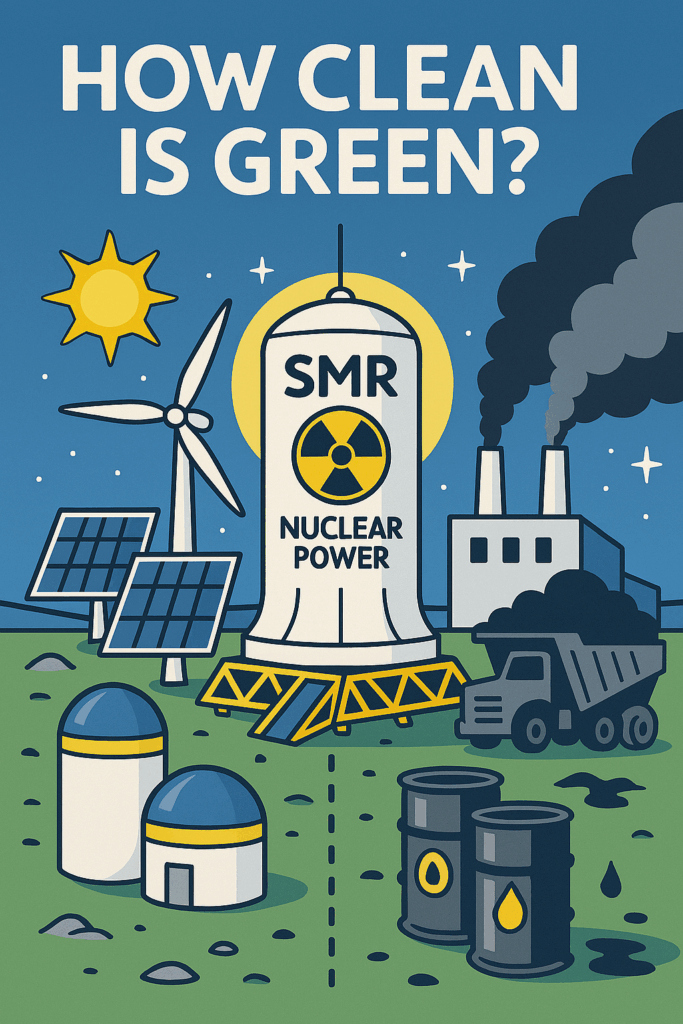As artificial intelligence surges into every corner of modern life—from predictive finance to generative art—the question isn’t just what AI can do, but what it consumes to do it.
The energy appetite of large-scale AI models is no longer a footnote; it’s the headline.
Training a single frontier model can devour as much electricity as hundreds of UK homes use in a year. And once deployed, these systems don’t slim down—they scale up.
Every query, every image generation, every chatbot exchange draws from vast data centres, many powered by fossil fuels or water-intensive cooling systems.
The irony? AI is often pitched as a tool for climate modelling, yet its own carbon footprint is ballooning.
This isn’t just a technical dilemma—it’s a moral one. The race to build smarter, faster, more responsive AI has become a kind of energy arms race. Tech giants tout efficiency gains, but the underlying logic remains extractive: more data, more compute, more power.
Meanwhile, communities near data centres face water shortages, grid strain, and rising costs—all for services they may never use.
Future direction
Where is this heading? On one side, we’ll see ‘greenwashed’ AI—models marketed as sustainable thanks to token offsets or renewable pledges. On the other, a growing movement for ‘degrowth AI’: systems designed to be lean, local, and ethically constrained. Think smaller models trained on curated datasets, prioritising transparency over scale.

Governments are waking up, too. The EU and UK are exploring energy disclosure mandates for AI firms, while some U.S. states are scrutinising water usage and land rights around data infrastructure. But regulation lags behind innovation—and behind marketing.
Ultimately, the energy hunger game isn’t just about watts and emissions. It’s about values. Do we want AI that mirrors our extractive habits, or one that challenges them? Can intelligence be decoupled from excess?
The next frontier isn’t smarter models—it’s wiser ones. And wisdom, unlike raw compute, doesn’t need a megawatt to shine.
Why Nuclear Is Back on the Table
- Global Momentum: Thirty-one countries have pledged to triple nuclear capacity by 2050, framing it as a cornerstone of clean energy strategy.
- AI’s Power Problem: With data centres projected to consume more energy than Japan by 2026, nuclear is being pitched as the only scalable, low-carbon solution that can deliver round-the-clock power.
- Baseload Reliability: Unlike solar and wind, nuclear doesn’t flinch at nightfall or cloudy skies. That makes it ideal for powering critical infrastructure—especially AI, which can’t afford downtime.
🧪 Next-Gen Tech on the Horizon
- Small Modular Reactors (SMRs): These compact units promise faster deployment, lower costs, and safer operation. China and Russia already have some online.
- Fusion Dreams: Still experimental, but if cracked, fusion could offer near-limitless clean energy. It’s the holy grail—though still more sci-fi than supply chain.
⚖️ The Catch? Cost, Waste, and Public Trust
- Nuclear remains expensive to build and politically fraught. Waste disposal and safety concerns haven’t vanished, and public opinion is split—especially in the UK.
- Even with advanced designs, the spectres of Chernobyl and Fukushima linger in the cultural memory. That’s a narrative hurdle as much as a technical one.
🛰️ Moonshots and Geopolitics
- NASA’s push to deploy a nuclear reactor on the moon by 2029 underscores how strategic this tech has become—not just for Earth, but for space dominance.
- The U.S.–China race isn’t just about chips anymore. It’s about who controls the energy to power them.
Nuclear is staging a comeback—not as a relic of the past, but as a potential backbone of the future.
Whether it becomes the dominant force or a transitional ally depends on how fast we can build, how safely we can operate, and how wisely we choose to deploy.
🌍 How ‘clean’ is green?
According to MIT’s Climate Portal, no energy source is perfectly clean. Even solar panels, wind turbines, and nuclear plants come with embedded emissions—from mining rare metals to manufacturing components and transporting them.
So, while they don’t emit greenhouse gases during operation, their setup and maintenance do leave a footprint.

⚖️ Lifecycle Emissions Comparison
Here’s how different sources stack up in terms of CO₂ emissions per kilowatt hour:
| Energy Source | CO₂ Emissions (g/kWh) | Notes |
|---|---|---|
| Coal | ~1,000 | Highest emissions, plus toxic byproducts |
| Natural Gas | ~500 | Cleaner than coal, but still fossil-based |
| Solar | <50 | Mostly from manufacturing panels |
| Wind | ~10 | Lowest emissions, mostly from materials |
| Nuclear (SMR/SNR) | ~12–20 | Low emissions, but waste and safety debates linger |
Source: MIT Climate Portal





